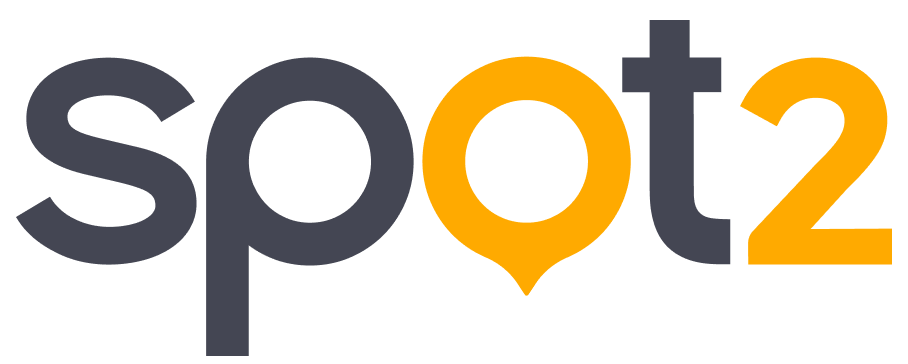

From my position at Spot2, we identified a structural gap in the commercial real estate ecosystem: large real estate developers do not have a modern tool to manage, publish, or share their space inventory in a standardized way.
Today, even companies like Fibra Uno, Parks, or GICSA manage their availability in Excel or PDFs, which is not only inefficient but also limits the speed of commercialization, asset visibility, and data utilization.
This was the opportunity to build a SaaS product from scratch, with the objective of:
Spot2 remains a marketplace, but by building infrastructure for the professional supply side (developers):